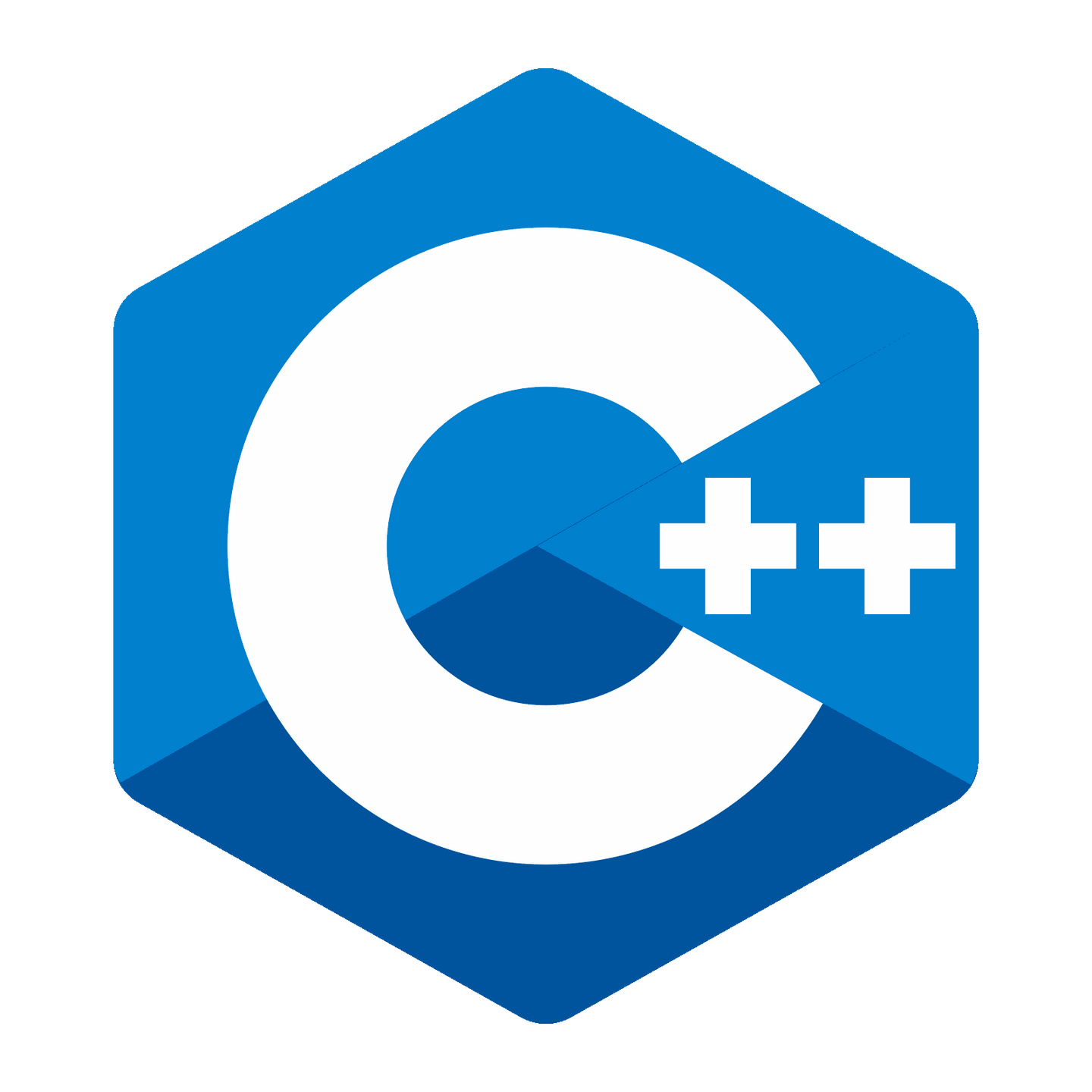
如何使用C++进行高效的文本挖掘和文本分析?
概述:
文本挖掘和文本分析是现代数据分析和机器学习领域中的重要任务。在本文中,我们将介绍如何使用C++语言来进行高效的文本挖掘和文本分析。我们将着重讨论文本预处理、特征提取和文本分类等方面的技术,并配以代码示例。
文本预处理:
在进行文本挖掘和文本分析之前,通常需要对原始文本进行预处理。预处理包括去除标点符号、停用词和特殊字符,转换为小写字母,并进行词干化等操作。以下是一个使用C++进行文本预处理的示例代码:
#include <iostream>
#include <string>
#include <algorithm>
#include <cctype>
std::string preprocessText(const std::string& text) {
std::string processedText = text;
// 去掉标点符号和特殊字符
processedText.erase(std::remove_if(processedText.begin(), processedText.end(), [](char c) {
return !std::isalnum(c) && !std::isspace(c);
}), processedText.end());
// 转换为小写
std::transform(processedText.begin(), processedText.end(), processedText.begin(), [](unsigned char c) {
return std::tolower(c);
});
// 进行词干化等其他操作
return processedText;
}
int main() {
std::string text = "Hello, World! This is a sample text.";
std::string processedText = preprocessText(text);
std::cout << processedText << std::endl;
return 0;
}特征提取:
在进行文本分析任务时,需要将文本转换为数值特征向量,以便机器学习算法能够处理。常用的特征提取方法包括词袋模型和TF-IDF。以下是一个使用C++进行词袋模型和TF-IDF特征提取的示例代码:
立即学习“C++免费学习笔记(深入)”;
#include <iostream>
#include <string>
#include <vector>
#include <map>
#include <algorithm>
std::vector<std::string> extractWords(const std::string& text) {
std::vector<std::string> words;
// 通过空格分割字符串
std::stringstream ss(text);
std::string word;
while (ss >> word) {
words.push_back(word);
}
return words;
}
std::map<std::string, int> createWordCount(const std::vector<std::string>& words) {
std::map<std::string, int> wordCount;
for (const std::string& word : words) {
wordCount[word]++;
}
return wordCount;
}
std::map<std::string, double> calculateTFIDF(const std::vector<std::map<std::string, int>>& documentWordCounts, const std::map<std::string, int>& wordCount) {
std::map<std::string, double> tfidf;
int numDocuments = documentWordCounts.size();
for (const auto& wordEntry : wordCount) {
const std::string& word = wordEntry.first;
int wordDocumentCount = 0;
// 统计包含该词的文档数
for (const auto& documentWordCount : documentWordCounts) {
if (documentWordCount.count(word) > 0) {
wordDocumentCount++;
}
}
// 计算TF-IDF值
double tf = static_cast<double>(wordEntry.second) / wordCount.size();
double idf = std::log(static_cast<double>(numDocuments) / (wordDocumentCount + 1));
double tfidfValue = tf * idf;
tfidf[word] = tfidfValue;
}
return tfidf;
}
int main() {
std::string text1 = "Hello, World! This is a sample text.";
std::string text2 = "Another sample text.";
std::vector<std::string> words1 = extractWords(text1);
std::vector<std::string> words2 = extractWords(text2);
std::map<std::string, int> wordCount1 = createWordCount(words1);
std::map<std::string, int> wordCount2 = createWordCount(words2);
std::vector<std::map<std::string, int>> documentWordCounts = {wordCount1, wordCount2};
std::map<std::string, double> tfidf1 = calculateTFIDF(documentWordCounts, wordCount1);
std::map<std::string, double> tfidf2 = calculateTFIDF(documentWordCounts, wordCount2);
// 打印TF-IDF特征向量
for (const auto& tfidfEntry : tfidf1) {
std::cout << tfidfEntry.first << ": " << tfidfEntry.second << std::endl;
}
return 0;
}文本分类:
文本分类是一项常见的文本挖掘任务,它将文本分为不同的类别。常用的文本分类算法包括朴素贝叶斯分类器和支持向量机(SVM)。以下是一个使用C++进行文本分类的示例代码:
#include <iostream>
#include <string>
#include <vector>
#include <map>
#include <cmath>
std::map<std::string, double> trainNaiveBayes(const std::vector<std::map<std::string, int>>& documentWordCounts, const std::vector<int>& labels) {
std::map<std::string, double> classPriors;
std::map<std::string, std::map<std::string, double>> featureProbabilities;
int numDocuments = documentWordCounts.size();
int numFeatures = documentWordCounts[0].size();
std::vector<int> classCounts(numFeatures, 0);
// 统计每个类别的先验概率和特征的条件概率
for (int i = 0; i < numDocuments; i++) {
std::string label = std::to_string(labels[i]);
classCounts[labels[i]]++;
for (const auto& wordCount : documentWordCounts[i]) {
const std::string& word = wordCount.first;
featureProbabilities[label][word] += wordCount.second;
}
}
// 计算每个类别的先验概率
for (int i = 0; i < numFeatures; i++) {
double classPrior = static_cast<double>(classCounts[i]) / numDocuments;
classPriors[std::to_string(i)] = classPrior;
}
// 计算每个特征的条件概率
for (auto& classEntry : featureProbabilities) {
std::string label = classEntry.first;
std::map<std::string, double>& wordProbabilities = classEntry.second;
double totalWords = 0.0;
for (auto& wordEntry : wordProbabilities) {
totalWords += wordEntry.second;
}
for (auto& wordEntry : wordProbabilities) {
std::string& word = wordEntry.first;
double& wordCount = wordEntry.second;
wordCount = (wordCount + 1) / (totalWords + numFeatures); // 拉普拉斯平滑
}
}
return classPriors;
}
int predictNaiveBayes(const std::string& text, const std::map<std::string, double>& classPriors, const std::map<std::string, std::map<std::string, double>>& featureProbabilities) {
std::vector<std::string> words = extractWords(text);
std::map<std::string, int> wordCount = createWordCount(words);
std::map<std::string, double> logProbabilities;
// 计算每个类别的对数概率
for (const auto& classEntry : classPriors) {
std::string label = classEntry.first;
double classPrior = classEntry.second;
double logProbability = std::log(classPrior);
for (const auto& wordEntry : wordCount) {
const std::string& word = wordEntry.first;
int wordCount = wordEntry.second;
if (featureProbabilities.count(label) > 0 && featureProbabilities.at(label).count(word) > 0) {
const std::map<std::string, double>& wordProbabilities = featureProbabilities.at(label);
logProbability += std::log(wordProbabilities.at(word)) * wordCount;
}
}
logProbabilities[label] = logProbability;
}
// 返回概率最大的类别作为预测结果
int predictedLabel = 0;
double maxLogProbability = -std::numeric_limits<double>::infinity();
for (const auto& logProbabilityEntry : logProbabilities) {
std::string label = logProbabilityEntry.first;
double logProbability = logProbabilityEntry.second;
if (logProbability > maxLogProbability) {
maxLogProbability = logProbability;
predictedLabel = std::stoi(label);
}
}
return predictedLabel;
}
int main() {
std::vector<std::string> documents = {
"This is a positive document.",
"This is a negative document."
};
std::vector<int> labels = {
1, 0
};
std::vector<std::map<std::string, int>> documentWordCounts;
for (const std::string& document : documents) {
std::vector<std::string> words = extractWords(document);
std::map<std::string, int> wordCount = createWordCount(words);
documentWordCounts.push_back(wordCount);
}
std::map<std::string, double> classPriors = trainNaiveBayes(documentWordCounts, labels);
int predictedLabel = predictNaiveBayes("This is a positive test document.", classPriors, featureProbabilities);
std::cout << "Predicted Label: " << predictedLabel << std::endl;
return 0;
}总结:
本文介绍了如何使用C++进行高效的文本挖掘和文本分析,包括文本预处理、特征提取和文本分类。我们通过代码示例展示了如何实现这些功能,希望对你在实际应用中有所帮助。通过这些技术和工具,你可以更加高效地处理和分析大量的文本数据。
以上就是如何使用C++进行高效的文本挖掘和文本分析?的详细内容,更多请关注php中文网其它相关文章!

c++怎么学习?c++怎么入门?c++在哪学?c++怎么学才快?不用担心,这里为大家提供了c++速学教程(入门到精通),有需要的小伙伴保存下载就能学习啦!

Copyright 2014-2025 https://www.php.cn/ All Rights Reserved | php.cn | 湘ICP备2023035733号